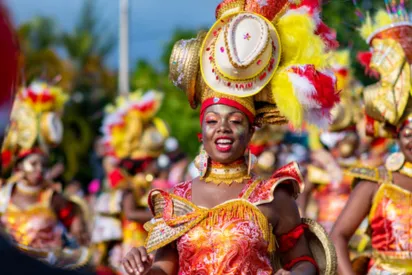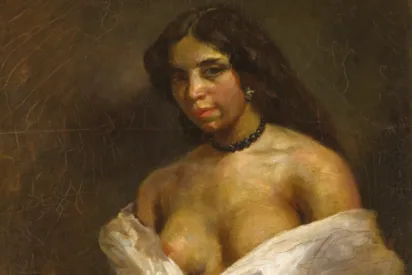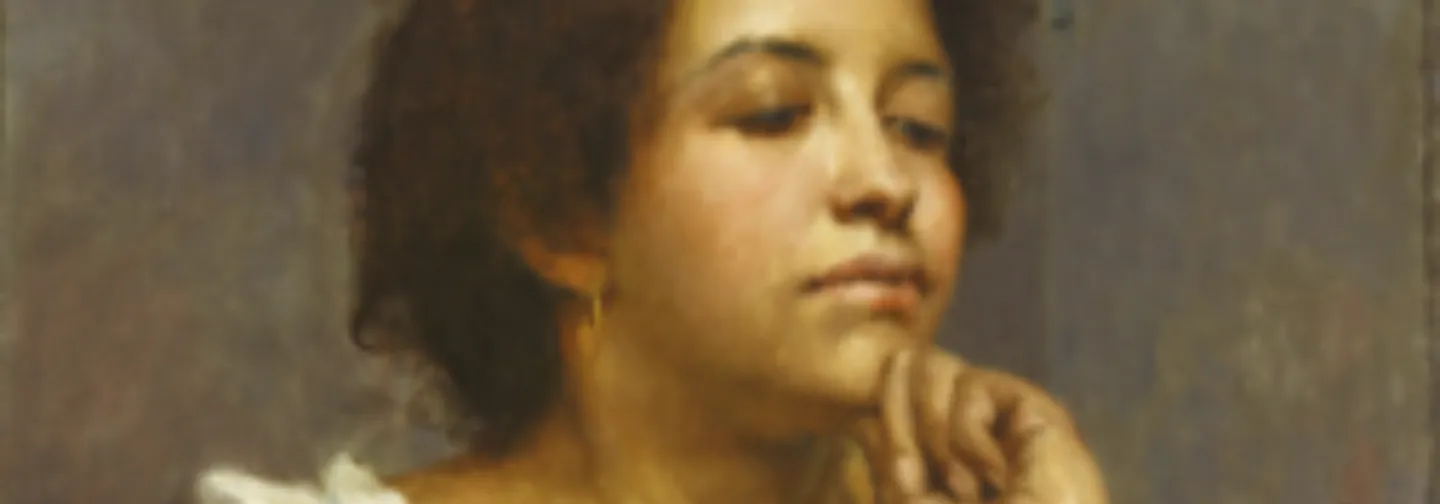
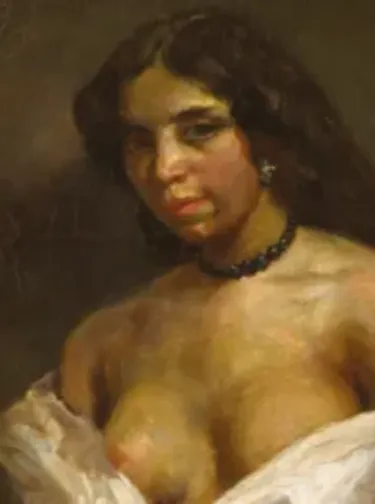
Le Modèle Noir de Géricault à Picasso : projet très novateur et grande première internationale au Mémorial ACTe. Cette exposition a déjà connu une première étape à New-York à la Wallach Art Gallery of Columbia University et une deuxième étape à Paris au Musée d'Orsay. Elle s’installe à Pointe-à-Pitre de septembre à décembre 2019. Elle montre, à travers 110 œuvres, la représentation des figures noires dans les beaux-arts.
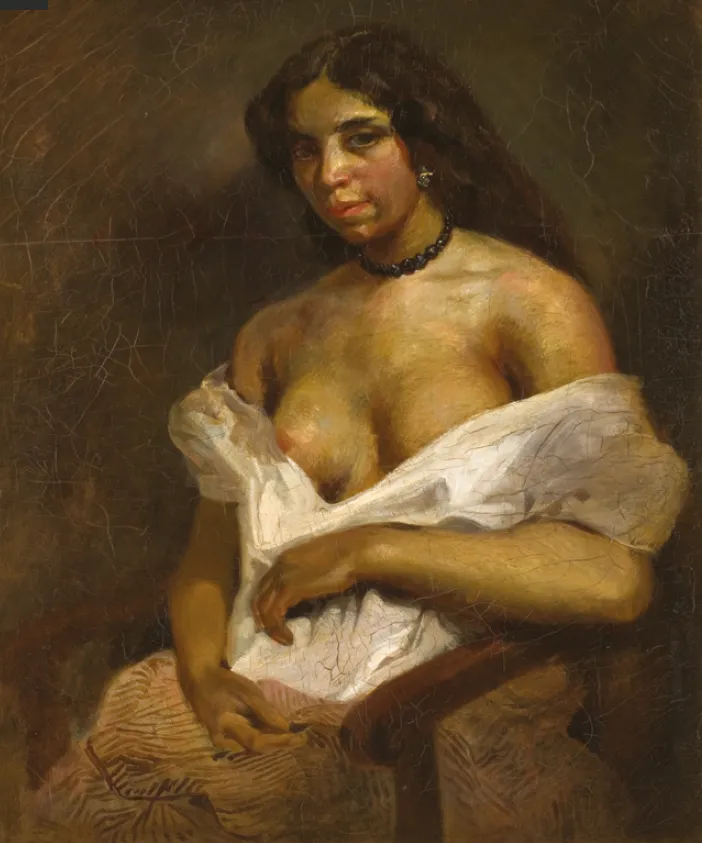
2. Delacroix Ferdinand Victor Eugène. Étude d'après le modèle Aspasie, huile sur toile, vers 1824-1828, © Musée Fabre de Montpellier Méditerranée Métropole, photographie Frédéric Jaulmes.
PLUS QU’UNE EXPOSITION, UN MESSAGE
Dépassant largement la dimension artistique, cette exposition se penche sur les problématiques esthétiques, politiques, sociales, raciales. Aussi, elle se penche sur l’imaginaire suscité par ces représentations au fil des décennies. Elle traite d’un grand non-dit, d’un grand non vu de l’histoire de l’art qui est le rapport des artistes modernes aux modèles noirs. Un dialogue entre l’artiste qui peint, qui sculpte ou qui photographie et son sujet qui pose pour lui. Les artistes sont engagés au côté de ces figures qui posent, bien souvent, dans le plus grand silence.
LES PLUS GRANDS ARTISTES
Géricault, Delacroix, Carpeaux, Matisse, Cézanne, Rousseau ou encore Gauguin, des artistes engagés qui, par militantisme, dénoncent la traite négrière et luttent, pinceaux en main, pour réhabiliter leurs conditions humaines.
Si l’abolition de l’esclavage est déclarée en 1794, il faudra bien un demi-siècle avant que la société n’intègre réellement cette nouvelle condition comme une réalité.
L’INITIATIVE…
… est née d’une collaboration fructueuse de part et d’autre de l’Atlantique entre Denise Murrell, PhD, chercheuse postdoctorante de la Fondation Ford à la Wallach Art Gallery de New York et le Musée d’Orsay. C’est à partir de la thèse qu’elle soutint en 2013 à l’université Columbia, Seeing Laure : Race and Modernity from Manet’s « Olympia » to Matisse, Bearden and Beyond, que s’élabora toute une réflexion.
DES IDENTITÉS RETROUVÉES
- Qui savait, avant cette exposition, que la célèbre servante du tableau «Olympia» de Manet se nommait Laure ?
- Qui se souvenait que l’un des modèles préférés de Matisse, « La danseuse haïtienne », se prénommait Carmen ?
- Enfin, qui se souvenait que le modèle de Géricault, qui surplombe le très connu tableau « Radeau de la Méduse » était noir. Venu de l’ex-colonie de Saint-Domingue, qui deviendra Haïti, il incarne cette victorieuse figure de proue, conquérante et optimiste, qui tranche avec les autres naufragés prostrés. Son prénom ? Joseph.
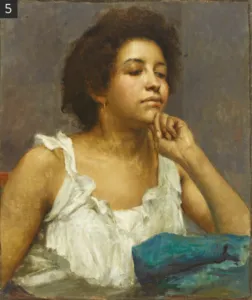
Jean-Baptiste Carpeaux Pourquoi naître esclave ?, après 1875, plâtre polychrome ©Musée des Beaux-Arts de la ville de Reims, photographie C Devleeschauwer.
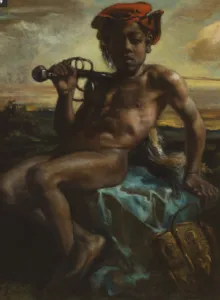
Pierre Puvis de Chavannes, Jeune Noir à l’épée, , huile sur toile, 1848-1849, © Musée d’Orsay, Paris
.png)
.png)
.png)
